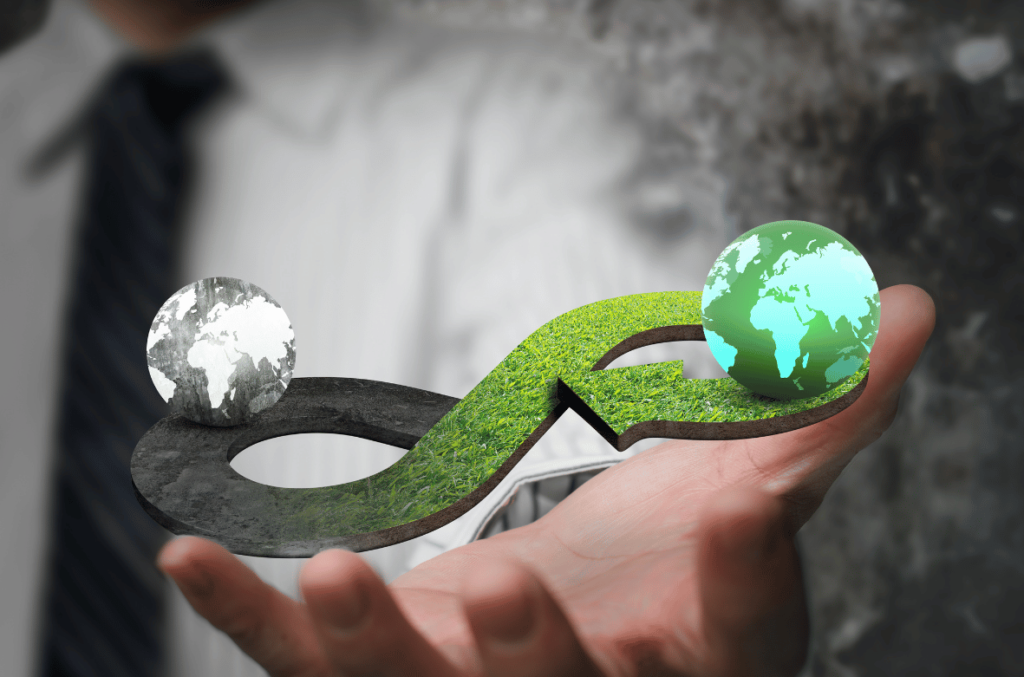
Circular Economy: Redefining Waste as a Resource for Sustainability
Introduction:
In a world grappling with environmental challenges, the concept of the circular economy is gaining momentum as a transformative solution. Unlike the traditional linear economy, where resources are extracted, used, and discarded, the circular economy aims to keep resources in use for as long as possible, thereby minimizing waste and maximizing value. In this blog, we explore the principles of the circular economy and how they are redefining waste as a valuable resource for sustainable development.
The Principles of the Circular Economy:
- Design for Longevity and Repair:
In the circular economy, products are designed to have longer lifespans, be repairable, and be easily upgradable. This reduces the frequency of replacements and extends the use phase. - Reuse and Refurbishment:
Items are refurbished, remanufactured, or repurposed to extend their life cycle, minimizing the need for new production. - Recycling and Material Recovery:
Materials from used products are recycled and reintegrated into new products, conserving resources and reducing demand for virgin materials. - Waste Reduction and Elimination:
By designing out waste and pollution, the circular economy minimizes the environmental impact of production and consumption. - Sharing and Collaborative Consumption:
The sharing economy encourages collaborative consumption, such as ride-sharing, co-working spaces, and tool libraries, reducing the demand for new products.
Benefits of the Circular Economy:
- Resource Conservation:
The circular economy reduces resource depletion by keeping materials in use, minimizing the need for extraction, and reducing the strain on ecosystems. - Waste Reduction:
With a focus on reducing waste and reusing materials, the circular economy helps divert valuable resources from landfills and incineration. - Economic Growth and Job Creation:
The circular economy promotes innovation, leading to new business models, job opportunities, and economic growth. - Climate Impact Mitigation:
By reducing the demand for new raw materials, the circular economy contributes to lowering carbon emissions and mitigating climate change. - Improved Resilience:
A circular approach enhances supply chain resilience by decreasing dependence on finite resources and volatile commodity markets.
Implementing the Circular Economy:
- Design Thinking:
Embed circular principles in product and system design to ensure durability, repairability, and material recyclability. - Collaboration:
Collaborate with stakeholders across the value chain to create closed-loop systems that minimize waste. - Innovative Business Models:
Adopt innovative models such as product-as-a-service, where consumers pay for the use of products rather than owning them outright. - Public Policy and Regulation:
Support circular initiatives through policies that incentivize recycling, encourage sustainable practices, and penalize wastefulness.
Conclusion:
The circular economy represents a paradigm shift that challenges the linear model of consumption and waste. By redefining waste as a valuable resource and promoting the responsible use of materials, the circular economy offers a path toward sustainable development and a healthier planet. Embracing circular principles isn’t just an environmental choice—it’s a strategic imperative that promises a more resilient, efficient, and prosperous future for both businesses and society.